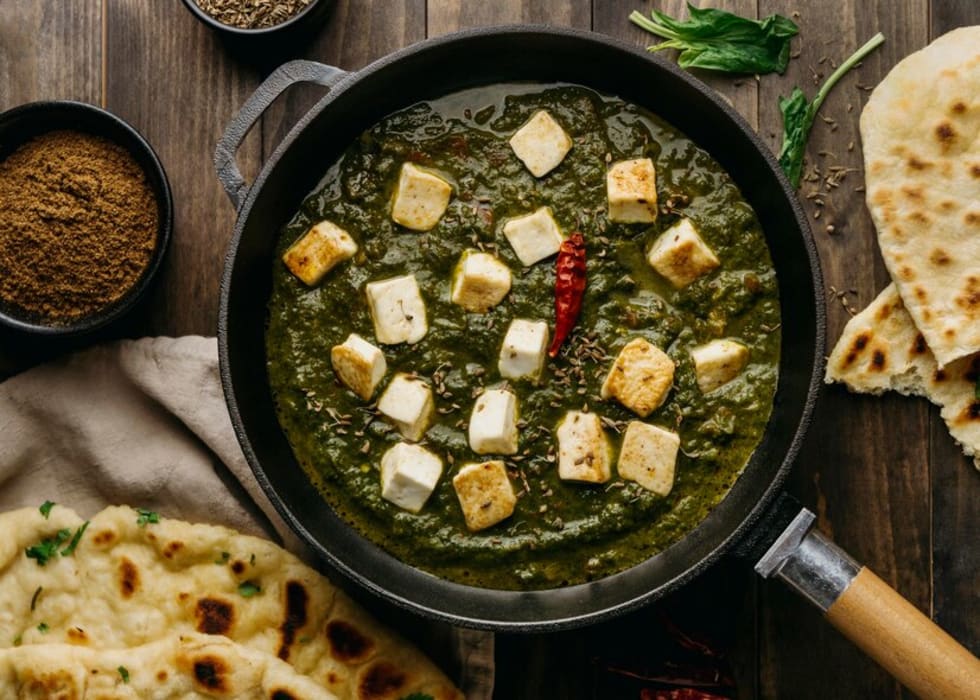Discover how Tikka Twist modernizes traditional Indian cuisine
Woven from a rich past, many cultures, and a multitude of regional tastes, Indian food is a colourful tapestry. Every meal reflects the customs and elements particular to its birthplace, hence telling a narrative. But over the past several years, human beings's perception and intake of this famous dish have modified dramatically. Modern restaurants are making Indian food more accessible and attractive to a bigger target audience by taking traditional dishes and including a current spin.
Tikka Twist is one such venue guiding this change.
Embracing Tradition with a Modern Twist
Fundamentally, Indian meals are set stability amongst spices, textures, and tastes. For those unacquainted with the artwork, conventional dishes might be intimidating, while you bear in mind that they call for complicated techniques and lengthy education times.
Modern interpretations, alternatively, emphasise retaining authenticity even as streamlining those techniques. Restaurants can admire historic traditions at the same time as serving the quick-paced way of life of present-day diners by adopting innovative cooking techniques and presentation patterns.
Fusion cuisine is turning into extra famous because it shall we cooks blend conventional Indian meals with aspects from special culinary heritages. This now not handiest broadens the flavour profile but additionally exposes eaters to fresh taste sensations. A conventional butter chook, for example, may be served in a taco shell, blending Indian spices with a Mexican spin. This revolutionary concept makes Indian meals extra on hand for individuals who might have been reluctant in the past by inviting interest and provoking experimentation.
Sustainability and Fresh Ingredients
Emphasis on fresh, high-quality components is essential for modernising food. Often based on seasonal produce and spices, traditional Indian cooking reflects this idea; the modern approach promotes local sourcing and sustainability to improve it. Restaurants are giving farm-to-table policies more and more priority, so guaranteeing that the components in their meals are not only fresh but also help local farmers and lower environmental effects.
These contemporary businesses are not only improving the tastes of their meals but also helping the community by stressing sustainability. Today's diners are growing more aware of the origin of their food, which is driving a need for source openness. This change shows a rising consumer awareness of the need for ethical eating and sustainability.

Innovative Dining Experience and Presentation
Gone are the days when Indian food was only linked with a relaxed eating environment and thick, creamy sauces. Modern Indian food turns meals into visual feasts by means of inventive presentation. Artfully prepared plates highlight vivid hues and textures that attract the eye as much as the mouth. This improves the meal and makes it unique and unforgettable.
Moreover, the dining surroundings have changed to fit these gastronomic developments. Many latest Indian eateries have an elegant, contemporary design that improves the complete revel. The environment is supposed to be heat and first-rate, so guests will need to stay and delight in their meals. Drawing a new target audience of clients who might not have previously notion approximately Indian cuisine as a desire for an evening out, this alteration in temper is pretty crucial.
A Varied Menu for Every Palate
Modernising Indian food has many thrilling features, including the capacity to meet various dietary needs and limitations. Though conventional Indian cuisine occasionally capabilities meat and dairy, cutting-edge adaptations usually provide more than a few vegetarian, vegan, and gluten-free picks. This inclusiveness ensures that everybody, no matter their nutritional requirements, may additionally recognise the wealthy Indian food flavours.
Designed to be varied but consistent, menus highlight the range of Indian cooking with a combination of appetisers, principal food, and cakes. From warm curries to crisp salads, diners might also find a variety of tastes and textures, all even as enjoying the traditional spices and techniques that make Indian delicacies so adored.
Culinary innovation's technological influence
The modernisation of Indian food is greatly influenced by technology. From digital menus to online ordering systems, generation improves the eating experience and simplifies it for customers. Social media channels have additionally turned out to be vital for restaurants to show their gastronomic delights, offer recipes, and interact with their clients.
This participatory strategy promotes a community around the food and motivates more people to investigate and value Indian tastes.
Chefs are also using technology in the kitchen to produce creative meals by means of sophisticated culinary methods such as sous-vide or molecular gastronomy. These techniques let you exactly manage cooking times and temperatures, therefore producing flawlessly cooked dishes that preserve the quality of the components.
Conclusion
Ultimately, the modernisation of traditional Indian cuisine is an interesting road that connects age-old recipes with current cooking techniques. Tikka Twist makes Indian food more accessible and pleasurable for all by offering a new viewpoint. This contemporary approach not only respects the rich legacy of Indian cooking but also welcomes a new generation of food enthusiasts to investigate its delectable products by embracing creativity, sustainability, and inclusiveness. Whether you are a curious novice or a lifetime admirer of Indian food, now is the ideal moment to experience and find the rich tastes this cuisine offers.




Leave a Comment
Comments (0)